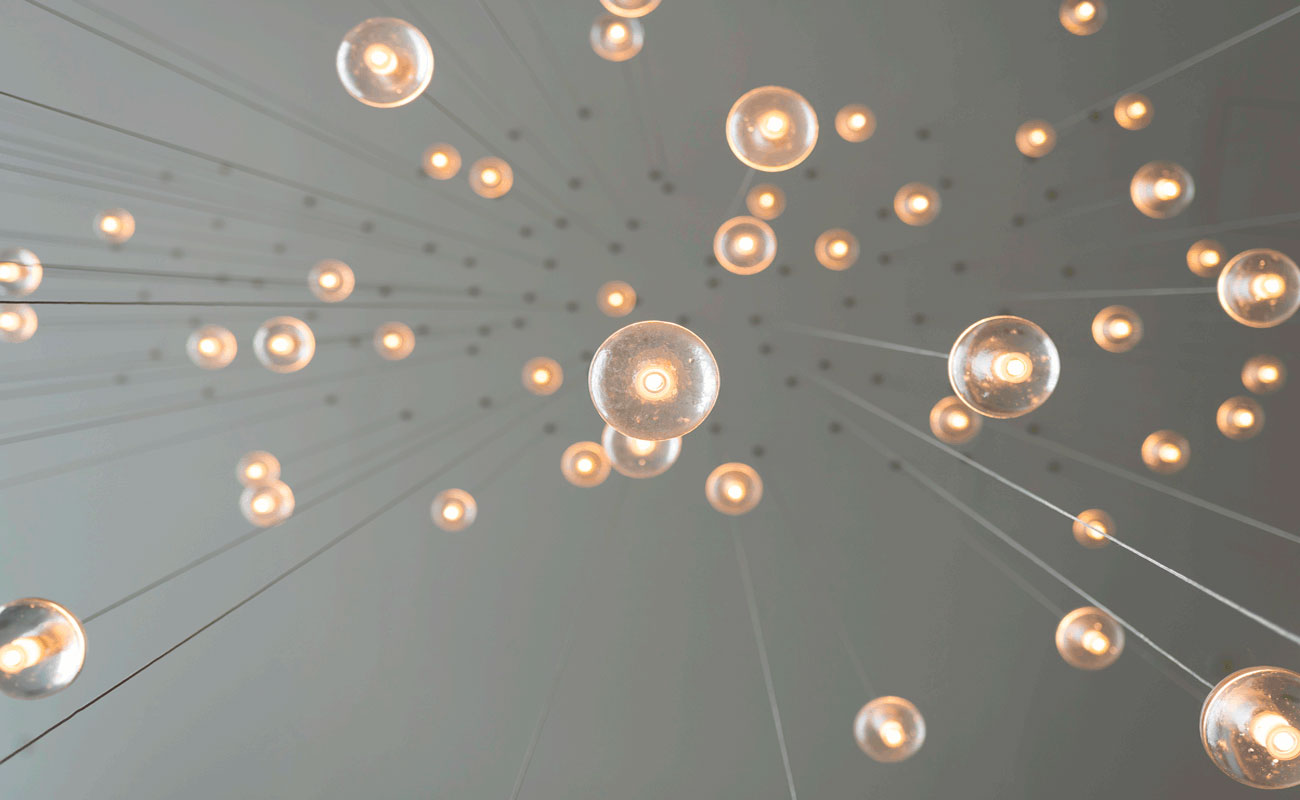Spark Streaming is one of the most widely used frameworks for real time processing in the world with Apache Flink, Apache Storm and Kafka Streams. However, when compared to the others, Spark Streaming has more performance problems and its process is through time windows instead of event by event, resulting in delay.
Data analysts are often confronted with a seemingly difficult decision: to choose between a simple model or a more complex one. Discover more in this post in which Carlos del Cacho explains the unexplainable.
With this article, we want to start a series of posts on how to use Stratio Data Centric to solve problems that involve the analysis of large graphs.
We’re always hearing technology companies claim that the future lies in becoming a data-driven organisation. But what about the data-centric approach? Is the journey the same as towards a data-driven approach? Is the result the same?
At Stratio we believe in disruptive educational models. This is why we’ve created Numa – a No University, No Master’s degree in Big Data. For 12 weeks, 8 recent graduates will join us and learn about Big Data, Spark, Kafka, Digital Transformation and much more with all our experts.
The last chapter of the three-part series on Evolutionary Feature Selection with Big datasets. We will address some fundamental design aspects of a Genetic Algorithm (GA) and commonly chosen options, to then move on to the CHC algorithm and a distributed approach for Feature Selection.
The key to the success of these methods lies in the rich representations these models build, which are generated after an exhaustive and computationally expensive learning process. Deep learning is starting to become essential to specialized areas of business. Nonetheless, it is not the panacea…








